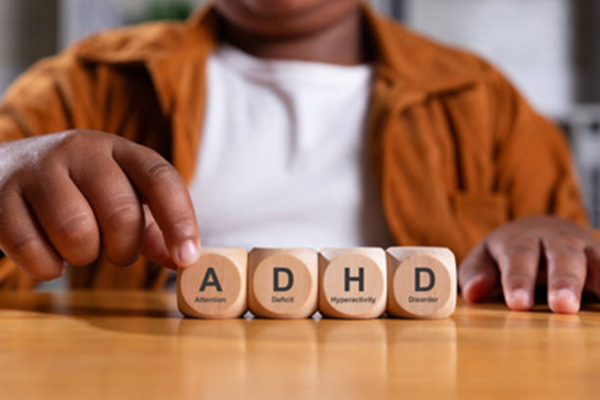
Attention deficit hyperactivity disorder (ADHD) affects millions of people worldwide, but despite its prevalence, it is still surrounded by misunderstanding and stigma. By looking at the latest ADHD statistics, we can gain valuable insight into how common the condition is, who it affects, and why raising awareness is so important.
Whether you are newly diagnosed or supporting someone with ADHD, understanding the numbers can help bring clarity and reassurance.
Globally, it is estimated that around 5 percent of children have ADHD. Despite its common perception as a childhood condition, ADHD can persist into adulthood. In fact, studies suggest that approximately 2.5 percent of adults continue to meet the criteria for ADHD.
In the UK, it is thought that around 2 to 5 percent of school-aged children have ADHD, with many carrying the symptoms into later life. Despite this, adult diagnoses are still significantly lower, largely because ADHD in adults often presents differently than it does in children.
Among children, ADHD is one of the most common neurodevelopmental disorders. Boys are more likely to be diagnosed than girls, but research shows that girls are often underdiagnosed because they are more likely to present inattentive symptoms rather than hyperactive behaviours.
Many children with ADHD experience challenges in school settings: difficulties with concentration, impulsivity, and organisation can impact academic performance and social relationships.
Early intervention can make a significant difference, with tailored support plans often helping to reduce the impact of symptoms over time.
While ADHD is usually diagnosed in childhood, many people are not diagnosed until adulthood. Adult ADHD may look different from childhood ADHD. Instead of physical hyperactivity, adults often report feelings of restlessness, difficulties with time management, impulsive decision-making, and problems maintaining focus.
Unfortunately, adults often overlook or misdiagnose ADHD, sometimes confusing it with anxiety, depression, or other mental health issues. Greater awareness has led to an increase in adult ADHD assessments recently, but many individuals still face long waiting times for diagnosis and support.
Gender plays an important role in how ADHD presents and is diagnosed. Boys are three times more likely to be diagnosed than girls. However, it is increasingly recognised that this gap is not due to a true difference in prevalence but rather a difference in symptom presentation.
Girls with ADHD are more likely to experience inattention, daydreaming, and subtle executive functioning difficulties, whereas boys are more often identified as having hyperactive or disruptive behaviours. Because of this, girls are often diagnosed later in life, if at all.
Living with ADHD can affect every aspect of daily life. Many people with ADHD experience challenges with education, employment, relationships, and mental health.
Research shows that individuals with ADHD are at higher risk of experiencing anxiety, depression, and low self-esteem. They may also find it difficult to maintain long-term employment or stable relationships without the right support.
However, with appropriate interventions such as therapy, medication, coaching, and lifestyle adjustments, individuals with ADHD can thrive and lead fulfilling lives.
Early diagnosis and intervention can significantly improve outcomes for people with ADHD. When ADHD is identified and supported early, individuals can develop strategies to manage their symptoms, build self-esteem, and achieve their potential.
Awareness campaigns, educational resources, and improved access to assessments are crucial in ensuring that more people get the help they need sooner rather than later.
Increasing ADHD awareness helps break down stigma and promotes understanding. By sharing accurate information and real-world experiences, we can foster an environment where people with ADHD feel seen, heard, and supported.
Statistics not only help us understand the scale of ADHD but also highlight the need for continued advocacy, better diagnostic practices, and more inclusive support systems.
At ADHD Clarity, we are committed to empowering individuals with ADHD and their families through information, resources, and community. Whether you are at the beginning of your journey or seeking to deepen your understanding, we are here to help you navigate ADHD with confidence.
If you’re looking for a professional ADHD assessment or ongoing support, contact ADHD Clarity today. Our team is ready to help you achieve greater clarity and confidence in managing ADHD.
© 2025 ADHD Clarity. All rights reserved.